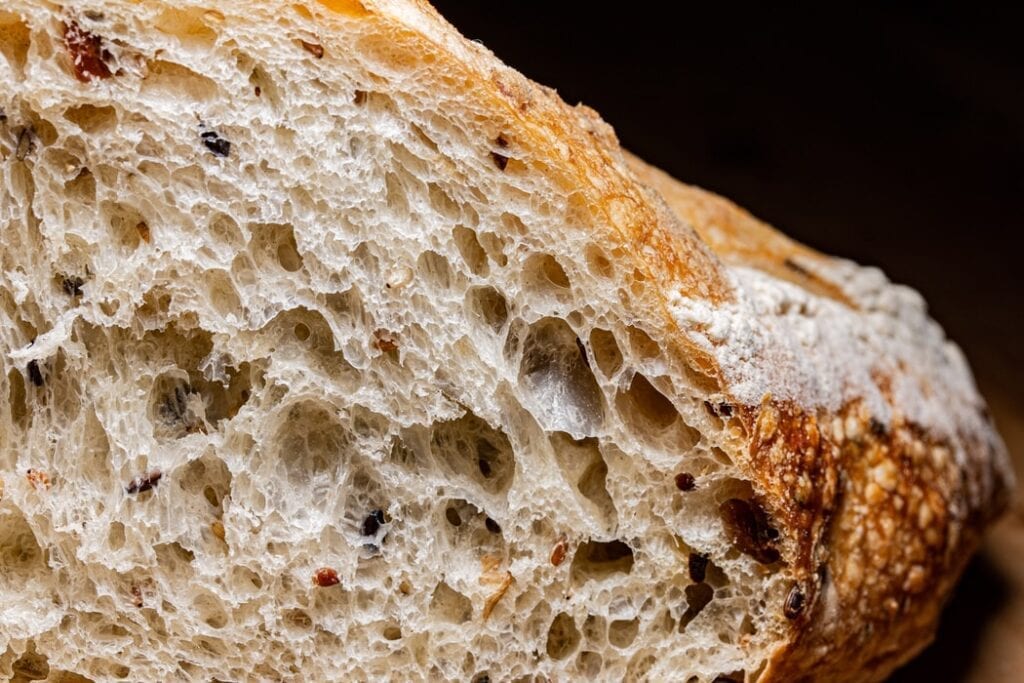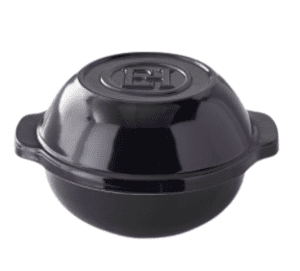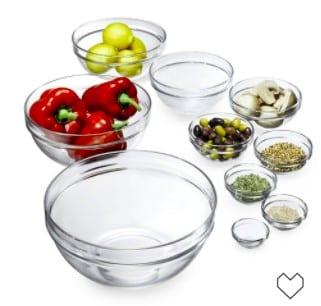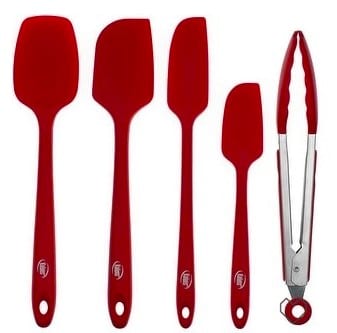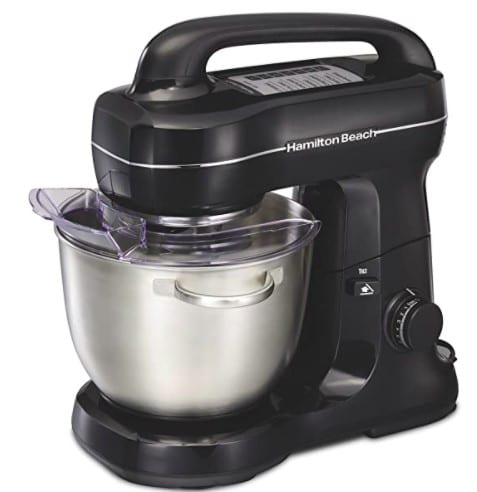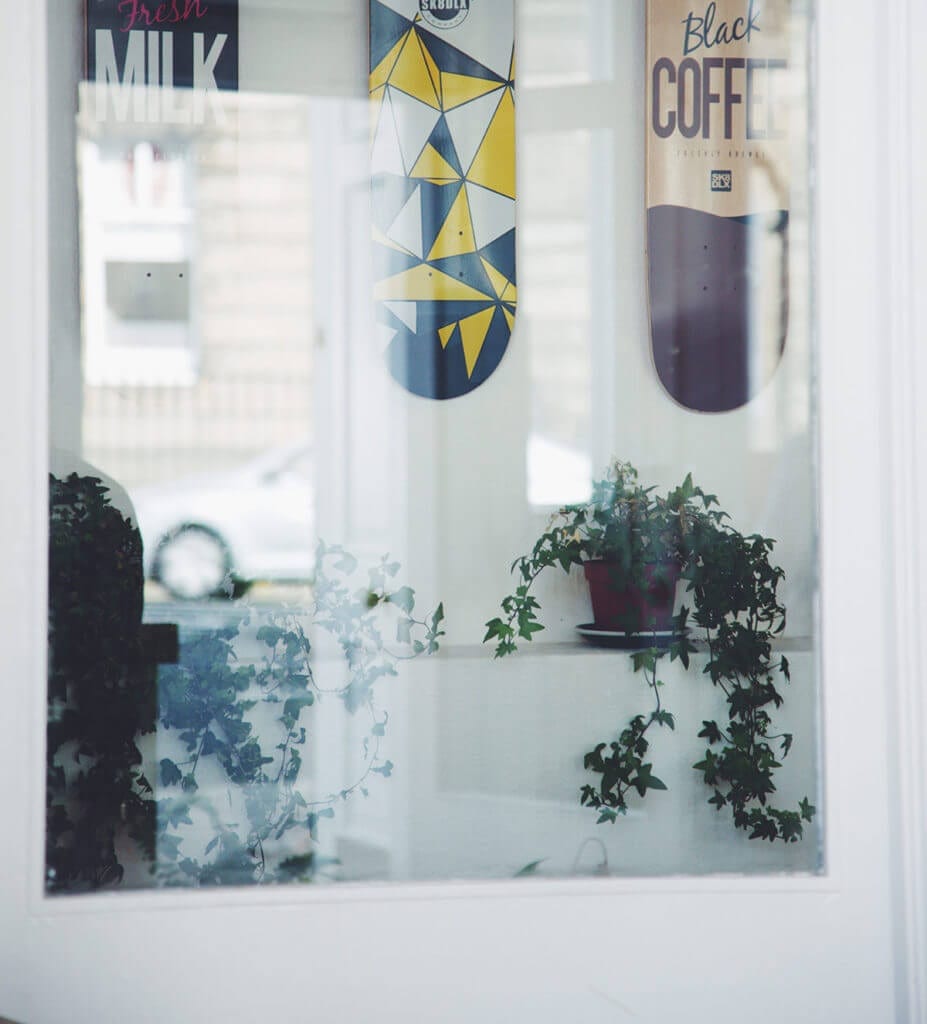I have been asked often for my secrets to perfecting the art of making sourdough bread. What is it about everyone’s passion for this beloved bread? It’s one of the most ancient foods, it’s one of the healthiest breads, it smells wonderful and can be used for so many other recipes. When I make sourdough, the whole house seems to light up and we all put a smile on our faces.
I started perfecting the art of making sourdough bread ten years ago. I would be remiss if I did not tell you who is partially responsible for my success at it. King Arthur Bread Company has been around since the late 1800s and knows BREAD. They have high quality, affordable ingredients that you would be hard-pressed to find elsewhere. Those ingredients make perfecting the art of making sourdough bread easier… bread that stands out from the rest. They also have classes too. I have not taken the classes. But I have no doubt they are excellent, like the rest of the company.
But, before we dive into my adapted recipe from King Arthur, where the heck did sourdough come from anyway?
Bread is older than metal; even before the bronze age, our ancestors were eating and baking flatbreads. There is evidence of neolithic grinding stones used to process grains, probably to make a flatbread; but the oldest bread yet found is a loaf discovered in Switzerland, dating from 3500 BCE. The use of leavening was discovered and recorded by the Egyptians; there is some discussion about how this process happened, and the degree to which there was an overlap between brewing and bread-making, but obviously without a handy time machine it’s going to remain one a debating point among historians of ancient food. What is not in doubt is that the ancient Egyptians knew both the brewing of beer and the process of baking leavened bread with the use of sourdough, as proved by wall paintings and analyses of desiccated bread loves and beer remains (Rothe et al., 1973; Samuel, 1996).
From Egypt, bread-making also spread north to ancient Greece, where it was a luxury product first produced in the home by women, but later in bakeries; the Greeks had over 70 different types of bread, including both savory and sweetened loaves, using a number of varieties of grain. The Romans learned the art of bread from the Greeks, making improvements in kneading and baking. The centrality of bread to the Roman diet is shown by Jevenal’s despair that all the population wanted was bread and circuses (Panem et Circenses). We have sourdough recipes from seventeenth-century France using a starter that is fed and risen three times before adding to the dough. The French were obviously far more interested in good-tasting bread over an easy life for the baker.
The introduction of commercial yeasts in the nineteenth century was to the detriment of sourdough bread, with speed and consistency of production winning. By 1910, Governmental bills preventing night work and restricting hours worked made more labor-intensive production less sustainable, and in response, the bakers moved again towards faster raising bread, such as the baguette. It’s only since the nineteen-eighties that there has been demand again for sourdoughs in the UK, to the extent that in 1993, regulations were issued defining what could be sold as sourdough bread. In Germany, again, the use of sourdough was universal until brewers’ yeasts became common in the fourteen and fifteen hundreds. The overlap between brewing and baking was reflected in monasteries producing both bread and beer, using the heat of the oven to dry malted grain and the yeast to raise the bread. However, the big difference was that in Germany, sourdoughs continued to be used for rye bread, even as bakers’ yeasts became more popular for all other types (credit: The Sourdough Company, UK)
I have loved every step of perfecting the art of making sourdough bread. Perfecting sandwich bread is a piece of cake compared to making sourdough or country rye. I plan on talking a bit more about this in the Green Kitchen Section of my blog. Where we make healthy, wholesome, satisfying food. I had to take my knowledge and make it mine. All those recipes I researched and experimented with stuck. I adapted and made my own recipe. Again, King Arthur made the most impression on my education. I give them most of the credit for putting my practice into action and making good sourdough.
Perfecting the art of making sourdough bread

Equipment
- Standing Mixer Optional, but handy when mixing more than one loaf.
- Sourdough Starter Kit All in one starter kit with everything you need to get started.
Ingredients
Starter or Sour
- 1 cup all-purpose flour
- 1 cup water warmed to room temperature
Sourdough Bread
- 2 1/2 cups all-purpose flour
- 1 cup stone ground whole wheat flour
- 1 1/2 cup water warmed to room temperature
- 1 1/2 tsp kosher salt
Instructions
To make the simple starter
- Mix the flour and water until smooth and thick. Let sit at room temperature for 3 hours until bubbly and the smell is sour. Cover with a cloth with a lid or plastic wrap and place in the fridge. Feed once a week. Discard or give away one-half cup of the sour. Add one hald cup of all-purpose flour and 1/4 cup of all purpose flour. Stir and set aside in a warm place for 3 hours. Place in the fridge until you use it or feed it. Remember to feed it once a week. Repeat .....
To make the sourdough bread
- Mix the water, starter and flour in a large, rounded glass bowl or mixing bowl. Stir with a Swedish dough hook, a large fork or rubber spatula. The dough should look shaggy, like an English Sheep Dogs hair. Let sit covered for 1 hour.
- After one hour of resting time, stir with the Danish dough hook or mix with a mixer for 8 minutes, fold under to make a smooth ball. Let rise again a second time for 1 hour. Then perform stretch and folds with one hand while the other hand holds the bowl. Use one hand to gently pick up one side of the dough and pull it up about six inches. The dough should be stretchy but not watery and mushy. Rotate the bowl and stretch the dough again. Rotate again and stretch and fold the dough, Let rise again for 30 minutes. Gently punch down and repeat.Let rise again for 30 minutes. Gently punch down and repeat.Let rise again for 30 minutes. Gently punch down and now perform what we call "Coil Folds". This is simply using both hands to gently scoop up the middle of the dough about six inches, wiggle it, then let it gently drop back into the bowl. Rotate the bowl and do this three times.Let rise again for 30 minutes. Gently punch down and now perform more "Coil Folds".Let it rest for 30 minutes. Shape into a round ball by gently pulling corners of the dough over the four times in difference directions. Then use a scoop method by cupping your hands and pulling the dough towards you to form a tight ball. The dough should have a few air bubbles to show you have properly activated the gluten and it is ready to rest. Let rise on the counter in the same glass bowl covered with a wet cloth or plastic shower cap for six hours.
- After the last long rest, preheat the oven to 550 degrees. Place the dough and Batard into the freezer for 30 minutes while your oven preheats. Add your Dutch oven with the lid to the oven and preheat it too.After preheating the oven, remove your dough from the freezer and remove the Dutch oven from your oven. Please be careful as the dutch oven is extremely hot. Gently turn the breadbasket/loaf (Batard) over onto parchment paper. Take your razor blade and make a very shallow "hashtag" across the top of the loaf. Go fast and swift but with little pressure. Put the loaf into the hot Dutch oven and put the lid back on the pot and transfer it back to the oven. REDUCE YOUR OVEN TO 500 DEGREES!
- After 25 minutes, remove the lid on the Dutch oven, REDUCE THE OVEN TO 450 DEGREES, and return to the oven and bake for 10 minutes. AFTER 10 MINUTES, USE A GOOD THERMOMETER TO CHECK TO SEE WHAT THE INTERNAL TEMPERATURE IS. It should not get over two hundred degrees.
- Once your loaf reaches 195 degrees, remove the loaf from the oven and place it on a wire cooling rack. Listen to it crackle.
- Cool completely before slicing. Enjoy. TIP: Cut the loaf in half and then cut serving pieces one half inch wide. Butter or enjoy alone. Store in a cloth bag for up to one week. TIP: YOU CAN MIST YOUR BREAD AFTER A FEW DAYS TO ADD BACK MOISTURE AND PUT IT IN THE OVEN ON 350 DEGREES FOR 10 MINUTES. Viola! Your loaf is like "fresh baked" again!
Video
Notes
Nutrition
More ways of perfecting the art of making sourdough bread!
If you want to shop for more bread bakeware essentials, here are more links to the equipment that makes this perfect sourdough. It is an initial investment. But don’t feel like you have to buy all of these at one time. I bought a few at a time myself. They are affordable and so convenient to make that wonderful bread we all love.
Enjoying this post? Follow along and read more about home decorating and organizing, gardening, and baking! For a limited time, receive a free holiday menu planner!
The form you have selected does not exist.
Tip: Bread is fresh for three days. After three days, I use it for toast. On the 5th day, don’t toss it. Use it in recipes. I’m going to talk about this in my next post.
Thank you for reading along. Whether you are new or experienced at baking bread, Sourdough is a unique craft in itself. Bon Appetite! See you in the next post!

